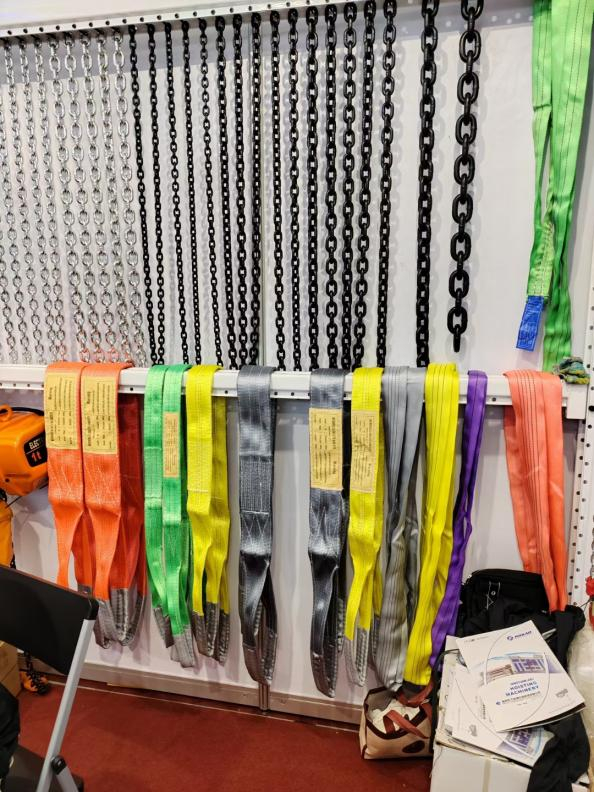


FAQs on Fall Protection Ensuring Safety in the Workplace
In construction and industrial environments, fall protection is a critical component of workplace safety. It aims to prevent workers from falling, particularly from heights, which can lead to severe injuries or fatalities. To help employees and employers navigate the various aspects of fall protection, we've compiled a list of frequently asked questions (FAQs) regarding fall protection measures, regulations, and best practices.
1. What is fall protection?
Fall protection refers to systems, equipment, and practices designed to safeguard workers from the hazards of falling. This includes the use of safety harnesses, guardrails, safety nets, and other tools that help prevent falls from elevated surfaces such as ladders, scaffolding, or rooftops.
2. Why is fall protection important?
Falls are among the leading causes of injuries and fatalities in the workplace. According to the Occupational Safety and Health Administration (OSHA), falls account for a significant portion of construction-related accidents. Implementing effective fall protection measures not only ensures the safety of workers but also complies with legal regulations, reducing the risk of penalties and lawsuits for employers.
3. Who is responsible for fall protection?
Both employers and employees share the responsibility for fall protection. Employers must identify fall hazards, provide appropriate safety equipment, and train workers on its proper use. Workers, on the other hand, are responsible for following safety protocols, using the provided equipment properly, and reporting any unsafe conditions to their supervisors.
4. What are the different types of fall protection systems?
There are several types of fall protection systems that can be employed depending on the specific situation
- Personal Fall Arrest Systems (PFAS) These include harnesses, lanyards, and anchors designed to stop a worker's fall. - Guardrails Physical barriers placed around edges or openings to prevent falls. - Safety Nets Installed below working areas to catch falling workers or materials. - Warning Lines Used in construction to mark boundaries around areas where fall hazards exist.

5. When is fall protection required?
OSHA mandates that fall protection be implemented when working at heights of six feet in the construction industry and at four feet in general industry. However, it’s essential to assess each worksite individually, as specific scenarios may require earlier intervention based on the potential for falls.
6. How often should fall protection equipment be inspected?
Regular inspections of fall protection equipment are crucial for maintaining safety standards. Employers should conduct a thorough inspection before each use of the equipment, and a more detailed inspection should be performed at least annually. Any worn or damaged equipment must be immediately removed from service and replaced.
7. What training is required for fall protection?
Training is a key element of an effective fall protection program. Workers must be trained to recognize fall hazards, understand the use of fall protection systems, and follow safe work practices. Additionally, specific training should cover how to properly inspect and maintain fall protection equipment.
8. What are the consequences of ignoring fall protection protocols?
Failing to implement adequate fall protection can lead to serious consequences for both employers and employees. Injured workers may suffer life-altering injuries, while employers could face hefty fines from OSHA and potential lawsuits. Moreover, companies may suffer from increased insurance premiums, loss of reputation, and decreased employee morale.
Conclusion
In summary, fall protection is a crucial aspect of workplace safety, especially in industries where workers are exposed to heights. By understanding the responsibilities, systems, regulations, and training associated with fall protection, both employers and employees can contribute to a safer work environment. Remember, the goal is to create a culture of safety where fall hazards are recognized, addressed, and mitigated effectively. Prioritizing fall protection can save lives and enhance overall workplace productivity.



